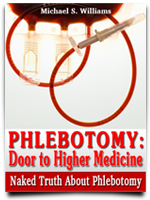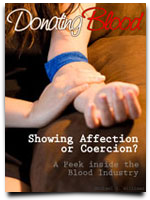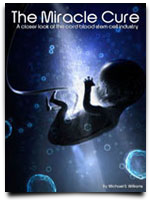So below is a great interview regarding sports stars saving their stem cells for future use….what sorts of use. Well for themselves or offspring in fixing genetic diseases and such. Very interesting use of technology that has only been really used for newborns.
In medicine it’s liquid gold and for sportsmen and women it could mean extending their careers for more years than they can imagine. Cord blood from their own babies is being stored by footballers in England so they have stem cells available for use in possible future cures for cartilage and ligament problems. Sports doctors here say players’ careers are worth so much to them that it’s just a matter of time before they consider using their own babies’ cord blood for a rainy day down the track in the USA.
English Premier League players are reportedly storing stem cells from their newborn babies, as a potential future treatment for their own sports injuries. The Sunday NY Times newspaper reports that five players, including Frenchman Thierry Henri, have stored the blood from their babies’ umbilical cords, as a potential repair kit for themselves.
It’s not happening much in the US yet, but sports doctor Dr Peter Breukner says it’s just a matter of time before it does.
“I haven’t heard of it happening in this country up to now, but people have a lot of time and money invested in their sporting careers, and the one thing that can stop them achieving their ultimate goal is injury, and they will do virtually anything to ensure that they are able to continue their careers.”
Cryosite is the only TGA (Therapeutic Goods Administration) approved private stem cell storage facility, a sort of cord blood bank where thousands of parents have stored the umbilical cord blood of their babies.
Cryosite’s Professor Ron Penny says “At the moment the best cells to store are the cord cells, because they’re young, fresh, have a very high reproductive capacity, and are extraordinarily efficient in dividing and presumably, in this situation, replacing damaged tissue. We’ve mainly been considering damaged tissue or vital tissues such as heart and so on, but sportspeople and many others will eventually have other ideas and other uses for stem cells that are differentiated.”
According to the Sunday NY Times newspaper, 11,000 British parents have paid up to $4,000 to store their babies’ stem cells in banks to grow tissues.
Professor Ron Penny can see a time when sports stars here will pay to do the same, for the sake of their own careers. He says, “If a sportsperson’s life and career depends on their body, and they really push their body through, and we all know the role of sports medicine, where there’s massive amount of injury that they sustain because of what their body’s put through, I think it’s an imminently possible area, and if it’s being done over in the UK, there’s no reason why it couldn’t be done and couldn’t be stored, on the understanding that the technology has to be confident that it works.”





Cord Blood Banking Facebook
Blood Donation Twitter